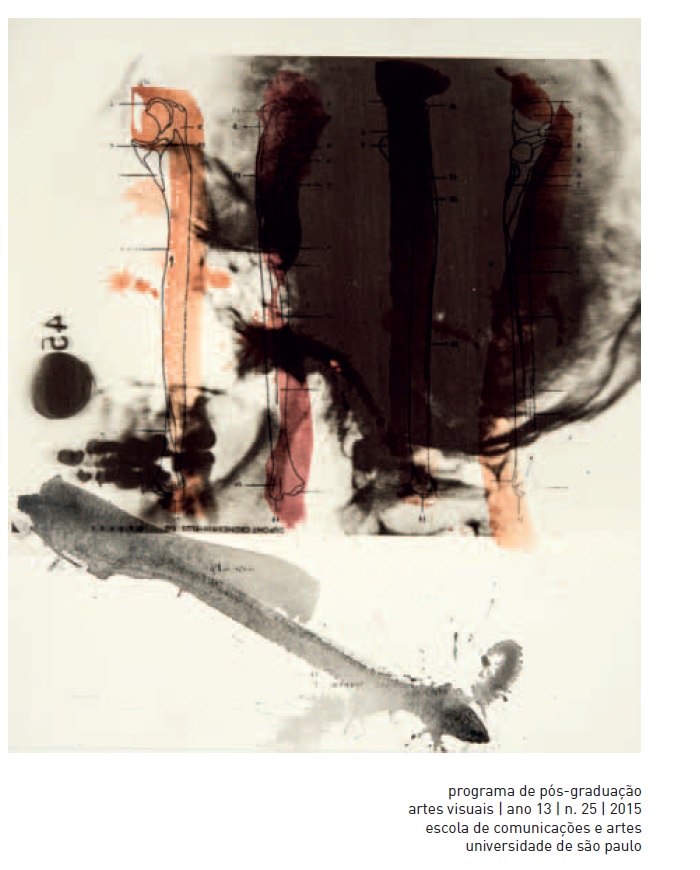Origins of Buddhist forms
DOI:
https://doi.org/10.11606/issn.2178-0447.ars.2015.105526Keywords:
Buddhas, mythology, East, arts, beauty.Abstract
The features of a Buddha’s image are the result of very ancient process that united three factors: the Eastern mythologies which are older that than Buddhism, its ability of adapting itself to local beliefs and its re-interpretations. After the emergence of the first statues representing the historical Buddha, the ideal of beauty concerning a being who attained the enlightenment was based on the ancient oriental “sciences”, predominantly mental and marked by subtle energies. While the Western Aesthetics was arguing about idealization in art through its rationality, disregarding a “pagan and superstitious East”, the Buddhist images were embodying mental states that the West only would regard in its modernity. Buddhist art conveys the ancestral and immutable legacy of mystical keys of consciousness and equilibrium.Downloads
Downloads
Published
Issue
Section
License
The responsibility for obtaining written permission to use in the articles materials protected by copyright law lies entirely with the author(s). Ars is not responsible for copyright breaches made by its collaborators.
The authors have the copyrights and grant the journal the right of the first publication, with the article licensed under the Creative Commons BY-CC License.
Licensees have the right to copy, distribute, display, and carry out the work and make derivative works from it, including with commercial purposes, granted that they give the due credit to the author or licensor, as specified by them.
Licensees compromise to inform the appropriate credit, provide a link to the license, and indicate if changes were made.
Respected the terms of the license, the licensors/authors are not allowed to revoke the conditions above mentioned.
After the publication of the articles, the authors keep the copyrights and the rights to republish the text exclusively in unpublished books and collections.


